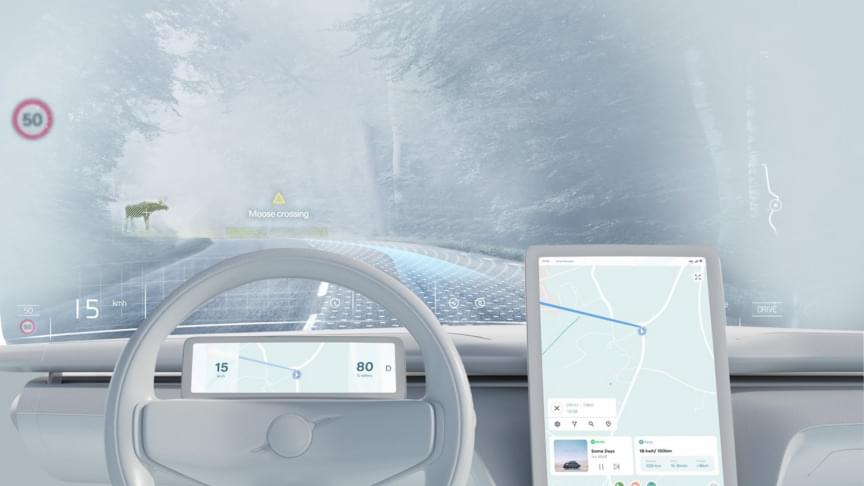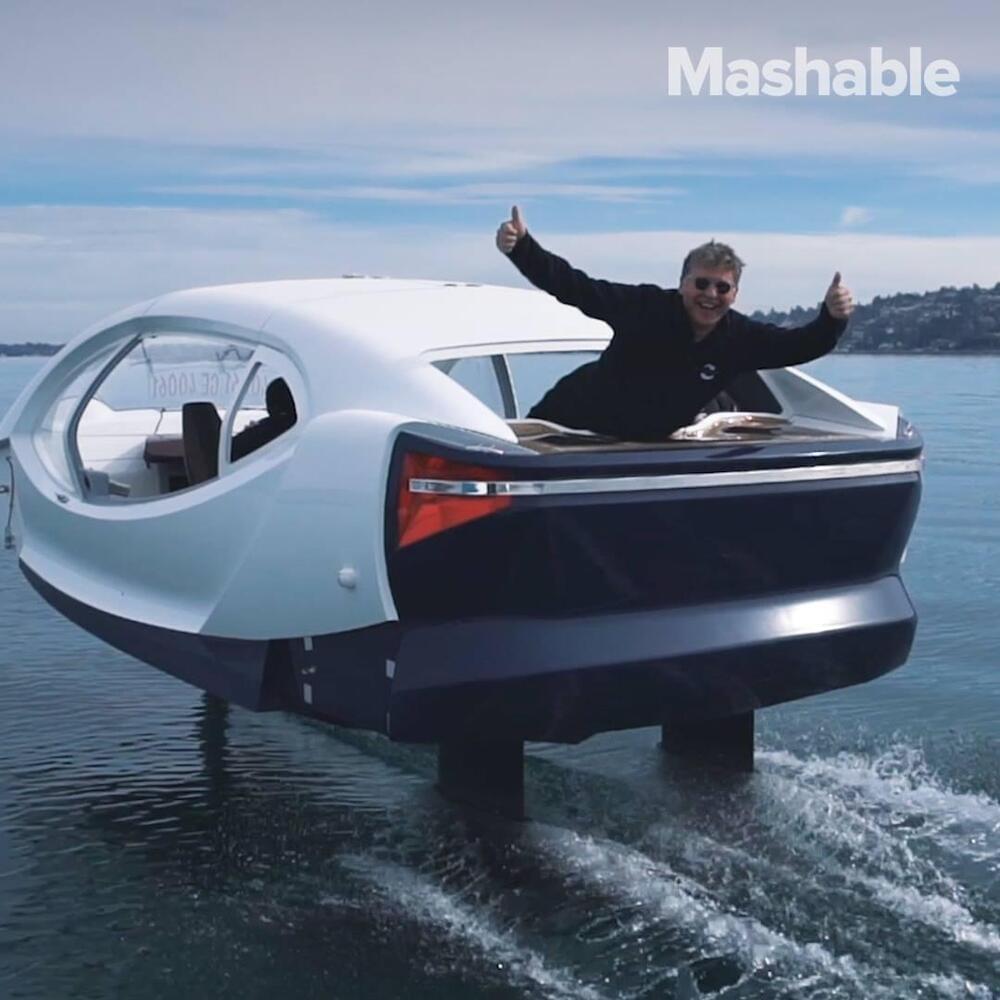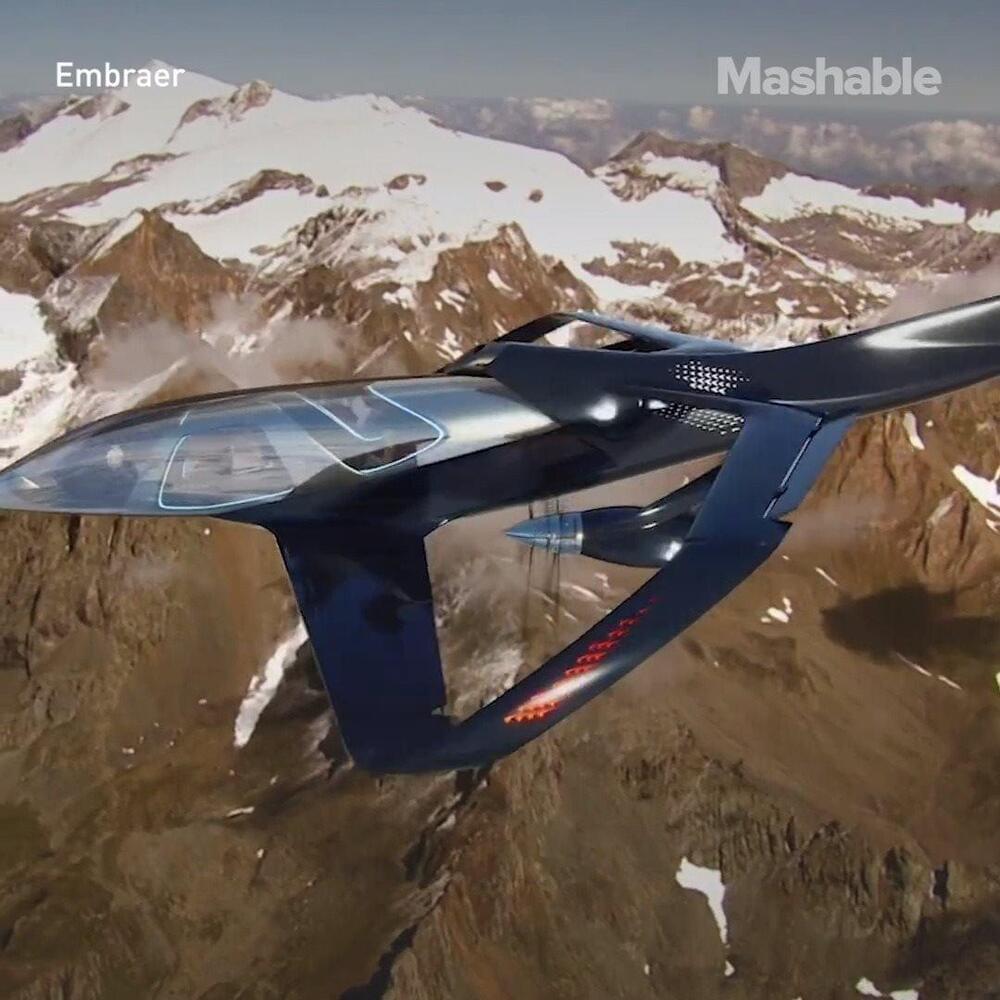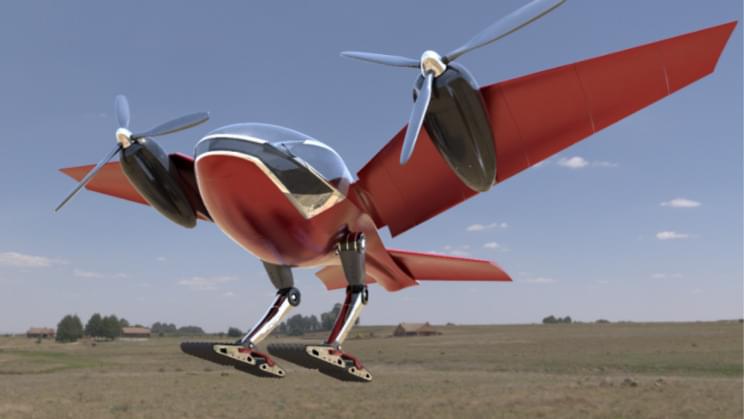Volvo’s recent investment in the Israeli startup Spectralics gives the Swedish company the opportunity to revolutionize the in-car user experience by turning the entire windshield into a heads-up display. According to the press release, the startup has a background in developing aerospace tech and is focused on developing better images. However, instead of working on just one aspect, the start-up is leveraging hardware, software, and even materials to improve the final product.
Of special interest to Volvo is the startup’s core product, multi-layered thin combiner (MLTC), a new type of optical film that can be applied on any type of surface or size. When applied to glass, it can be used to overlay images, making it an ideal candidate to make a full-scale heads-up display.
Car manufacturers have been tinkering with the idea of a windshield display for a few years now. While this is a great way to ensure that the driver does not take his eyes off the road, currently available displays are rather small, either due to cost constraints or to ensure that they do not become the cause of distraction.









